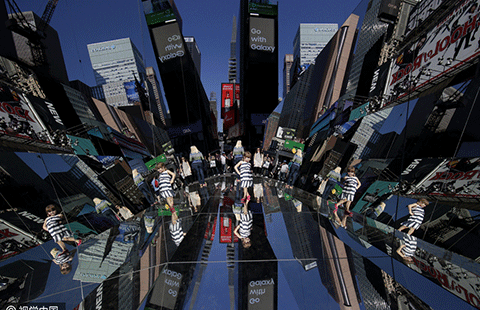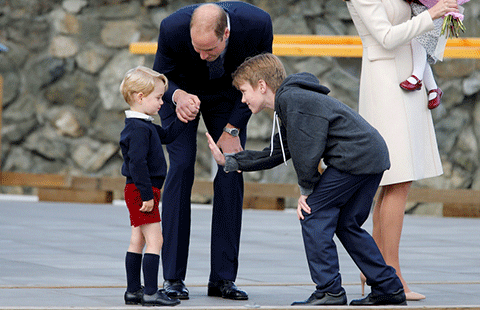Who made terracotta warriors? Read the signature
Dr. Fan Zhang, Chinese art curator at the Asian Art Museum in San Francisco said that the whole argument fuses at least two or more issues and makes a conclusion without any strong evidence.
"1). Did commercial or cultural connections between the Mediterranean world and China exist before 200 BCE?" he wrote in an email to China Daily, and "2) Were Chinese craftsmen inspired by Greek artisans to create life-size round sculptural work in a naturalistic style?"
The answer to question one, he said, is yes, for sure. "Chinese archaeologists have already found some evidence in the past three decades to prove trade between East and West around 200 BCE," he said. "There were not only contacts over land, but also on the seas."
As for the second question, there is no direct evidence, but he agrees that, "as some scholars have proposed decades ago, some artistic influence from the Hellenistic world can be observed in Chinese art during the late Warring States period."
"Artisans from the Hellenistic world, possibly South, Central or even West Asian peoples, might have ended up in China by 200 BCE," he said. "We depend on more archaeological finds to shed light on many interesting issues."
Gwen Bennett, archaeologist and assistant professor of anthropology and East Asian studies at McGill, also decried the lack of data supporting the claims, writing on a facebook post, "I think they are referencing the Xinjiang mummies without saying it, but their DNA evidence only indicates that they are most similar to Central Asian populations. It's a horrible stretch to claim they are Greek."
Bennett also notes that the terracotta army figures were made by the same craftspeople that worked at the factories that produced the pipes and tiles used for the city's drainage system. And every craftsman left his mark on every tile — and warrior — they made.
"And the names are Chinese names," she writes. "Foreigners in China at the time had distinctive names, so they can usually be identified."
As Li told Xinhua, "I am an archaeologist, and I value evidence. I've found no Greek names on the backs of terracotta warriors, which supports my idea that there was no Greek artisan training the local sculptors."
Contact the writer at chrisdavis@chinadailyusa.com.




























